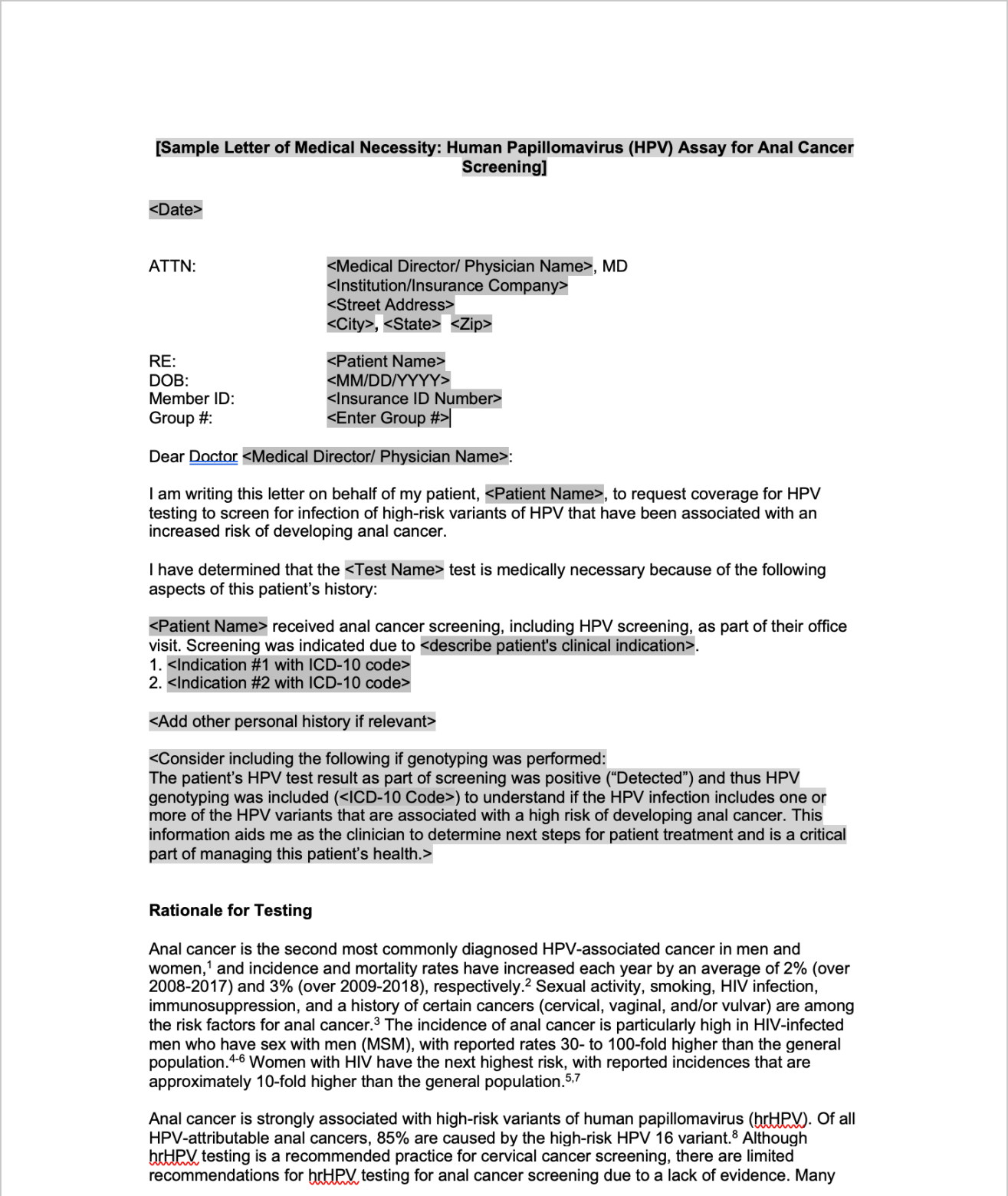A Letter of Medical Necessity (LMN) is a crucial document that outlines a patient’s need for specific medical treatments or services. It is typically submitted to insurance companies, government agencies, or other third-party payers to justify the medical necessity of the requested care. A well-crafted LMN can significantly increase the likelihood of obtaining approval for coverage.
Designing a Professional LMN Template

When creating an LMN template, it’s essential to prioritize design elements that convey professionalism and trust. Here are some key considerations:
1. Header
Organization Information: Clearly display the name, address, phone number, and email of the healthcare provider or facility issuing the LMN.
2. Salutation
3. Body
Patient’s Diagnosis: Provide a detailed and accurate description of the patient’s diagnosis, including any relevant medical codes (e.g., ICD-10).
4. Conclusion
Reiterate the patient’s need for the requested treatment and emphasize the positive impact it will have on their health.
5. Signature
Include the signature of the healthcare provider or authorized representative.
6. Attachments
Example LMN Template
[Healthcare Provider Name]
[Address]
[Phone Number]
[Email]
Date: [Date]
Dear [Insurance Company or Reviewer],
I am writing to request coverage for [Treatment] for [Patient’s Name].
[Patient’s Name] is a [Age]-year-old [Gender] with a diagnosis of [Diagnosis]. [Briefly summarize the patient’s medical history and relevant symptoms].
The proposed treatment plan includes [Treatment Plan]. This treatment is medically necessary because [Explain why the treatment is necessary and how it will benefit the patient].
We have considered alternative treatments, such as [Alternative Treatments], but they are not appropriate for [Patient’s Name] due to [Reasons].
The expected outcomes of this treatment are [Expected Outcomes]. These outcomes will significantly improve [Patient’s Name]’s quality of life.
We respectfully request approval for coverage of this treatment.
Sincerely,
[Healthcare Provider Name]
[Title]
[Contact Information]
Additional Tips
Use clear and concise language throughout the LMN.
By following these guidelines and using a professional template, you can create a compelling LMN that effectively communicates the patient’s need for treatment and increases the chances of obtaining coverage.